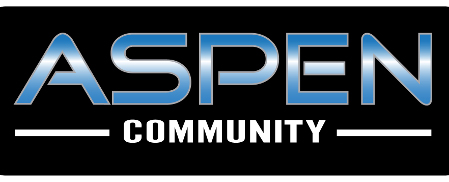ASPEN Published by SMPTE
TORONTO—ASPEN, an open framework developed by Evertz, that enables independent flows for video, audio, and metadata in an IP-based broadcast media facility, has been published by the Society of Motion Pictures and Television Engineers (SMPTE). The ASPEN Community submitted the Adaptive Sample Picture Encapsulation as a Registered Disclosure Document (RDD 37) and then was passed by the Technology Committee Ballot with all affirmative votes, according to the ASPEN Community press release.

ASPEN is designed to expand MPEG-2 transport stream standard to include uncompressed UHD/3G/HD/SD video. The framework also utilizes open standards for transporting audio (SMPTE ST 302) and metadata (SMPTE ST 2038). It also uses SMPTE 2022-2 to encapsulate the transport streams into IP.
“The publication of the SMPTE RDD-37 reinforces our commitment to supporting open-formats in the IP transition,” said Mo Goyal, co-chair of the APSEN Community and director of product marketing for Evertz. “The publication of RDD-37 also enables the ASPEN Community to promote interoperability, and encourages others to participate, to provide the industry a comprehensive open format solution.”
Much of the ASPEN Community, which is a group of companies that support and utilize the ASPEN framework, plan to showcase how the framework works with their products at the 2016 NAB Show. Members of the ASPEN Community include AJA, Broadcast Pix, EditShare, Evertz, Ross Video, Tektronix, TVU Networks and Vizrt.
See Also:
Dec. 17, 2015
"All About ASPEN"
In our continuing series of articles examining the broadcast industry’s transition to IP, this week Broadcast Engineering Extra spoke with Mo Goyal, director of product marketing for Evertz, to discuss the latest progress on ASPEN, the company’s IP transport protocol which it introduced at the 2015 NAB Show and how broadcasters are managing the overall transition to IP.
The professional video industry's #1 source for news, trends and product and tech information. Sign up below.
